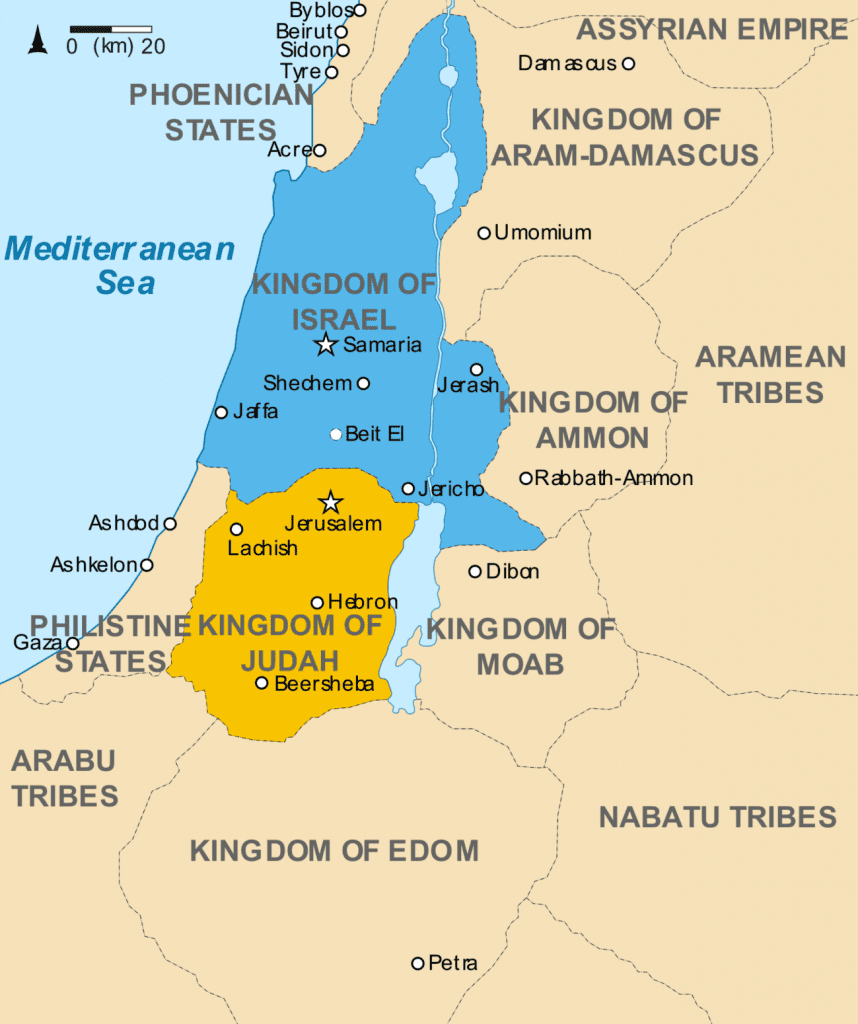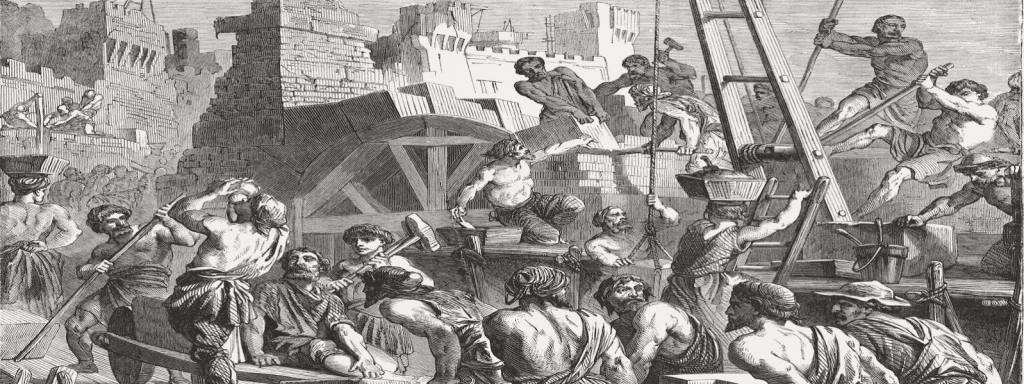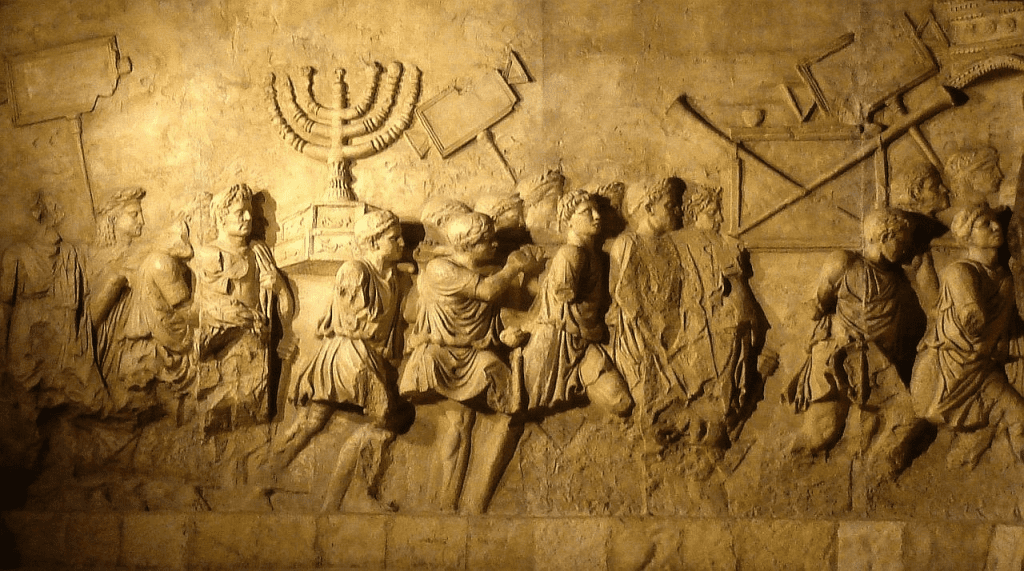Also known as “The Festival of Lights”, Hanukkah (or Chanukah) is an important cultural festival of the Jewish people. The festival is accompanied by merry celebrations of lighting menorahs, playing dreidel, stories being told and of course with special food. Having come quite a bit earlier last year, Hanukkah is back to its more usual date in the middle of December in 2022. Because of its timing and the merry celebrations, many people also like to think of Hanukkah as the “Jewish Christmas”. However, there is more to this festival than just the aesthetic similarities with Christmas. Hence, you may or may not be Jewish, may or may not have heard about Hanukkah before, but if you were in search of a precise article about what Hanukkah is and why it is celebrated, you are in the right place.
What is Hanukkah?
The word Hanukkah pronounced as kha-nu-kah has its etymological roots in the Hebrew word Hanokh. Hanokh means “dedicated” or “consecrated”. Hanukkah, thus, is an eight-day Jewish festival that commemorates the reclaiming of Jerusalem and the rededication of the Second Temple of Jerusalem by the Maccabees and the subsequent events. Hanukkah is more of a cultural festival rather than a religious one and despite the brief definition in the above paragraph, the festival doesn’t celebrate the victory of a war. Rather it celebrates the historical event of the Jewish people being able to reconnect back to their roots, culture, and religion and continue to live their lives following their traditions.
When is the Hanukkah? Why doesn’t it have a fixed date every year?

Why is Hanukkah celebrated?

Hanukkah is a festival that was started by the Jewish Priests in order to commemorate the victory of the Maccabees against the Seleucid Empire (Syrian Greeks) which led to the rededication of the Second Temple in Jerusalem and the miracle (explained in detail below) that happened in the temple.
How is Hanukkah celebrated?

After you read the full history below of how Hanukkah as a celebration came into existence, you will understand the symbolic importance of the Menorah in Hanukkah. For now, understand that Menorah lighting resides at the core of Hanukkah celebrations. The Menorah has nine arms one of which is called the shamash translated to as “attendant” and is used to kindle eight other arms. One flame is lit per day and by the eighth day, all eight flames are lit.
On Fridays, the Hanukkah flame is lit before the Shabbat and on Saturday, the Hanukkah flame is lit after the Shabbat. There are different blessings that are said before lighting the Menorah, one of which is only said on the first day. After the Menorah has been lit, it is customary to recite the Haneirot Halalu hymn. The Menorahs are lighted near the doors and windows and also in synagogues.
Are there any special food prepared on Hanukkah?

Most of the food that is prepared for Hanukkah is deep oil fried as oil was involved in the miracle inside the Second Temple. Deep fried potato pancake named latke and sufganya which is a jelly-filled doughnut is eaten on Hanukkah.
Dreidel and Gelt

Dreidel is a kind of teetotum that is famous in Eastern Europe. It has four sides and spins and each aide bears a letter of the Hebrew Alphabet. These letters in conjunction mean “a miracle happened there” (there referring to the Second Temple). Although it is not mandated, playing a Dreidel is a traditional activity during Hanukkah.
Often accompanied with the game of Driedel is Hanukkah gelt or Hanukkah money. Legends say that the Maccabees celebrated the rededication of the Second Temple was celebrated by minting special coins and in 1958, the Bank of Israel also issued special commemorative coins with Hannukah Menirah on them. Usually, tyese gwlts are given to children and teachers as a show of gratitude.
The History of Hanukkah
A brief history of the Kingdom of Israel and Judah

Let’s go a few thousands years back in history, almost 2,900 years back. Archeologists and historians say that the Kingdom of Israel and Kingdom of Judah existed as independent kingdoms as early as 900 BCE and 850 BCE. Biblical accounts in the Hebrew Bible mention of a United Monarchy between these two kingdoms. The Holy Temple or Temple in Jerusalem is believed to be have been built around 10th Century BCE during the reign of King Solomon. Remember this as it will be important later on.
As was the nature of the times, foreign powers looking for conquest and supremacy would soon come to knock on doors of these kingdoms. Unfortunately, the history of Israel and Judah would be riddled by foreign conquests.
Conquest by foreign empires

It all started with the Neo Assyrian Empire’s conquest of Israel. Judah remained largely independent during most of this time. However, with the entrance of Neo Babylonian Empire, the armies of king Nebuchadnezzar II besieged Jerusalem which led to the Jewish revolts against the Babylonians. This caused the destruction of the Holy Temple (which was also called later as The First Temple or Solomon’s Temple) along with the exile of the Jews to Babylon in 586 BCE.
Rebuilding of the Holy Temple of Jerusalem

The Achaemenid Empire (The First Persian Empire) conquered the Babylonian Empire in 539 BCE and due to various vested interests they ruled over the Jews with lighter hands. Cyrus the Great encouraged the Jews (who were kind of prisoned in Babylon) to return back to the Land of Israel. It was during this time, between 536 BCE to 515 BCE (these dates are contested by some historical sources) that the Second Temple (later known as Herod’s Temple) was created on the site of the First Temple.
Beginning of the Greek influence (Hellenistic Influence) in the Judea Region

From 336 BCE to 323 BCE BCE Alexander the Great’s Macedonian Empire slowly but surely wiped away the Achaemenid Persian Empire (then under the rule of Darius III). This conquest of the Achaemenid Persian Empire opened the gates for the Greek influence to tide over Israel and Judah.
After the death of Alexander the Great in 323 BCE his massive Macedonian Empire was broken into several states. These states were ruled separately by his commanders (known as the Diadochi). The Judea region fell under the control of the Ptolemies. Here the Jews had many civil liberties including the ones to keep their religion intact from outside interference.
The wars of the Diadochi

The Ptolemies were completely annihilated by the Seleucids led by Antiochus III during the Fifth Syrian War (200 BCE at the battle of Panium). However, even during this period the Hellenistic rulers interfered little into the religious, social and political matters of the Judea region. This region almost had a semi-autonomous status with a Jewish High Priest governing from the Holy Temple of Jerusalem (The Second Temple).
Hellenization of Judea

Despite the light hand from the Hellenistic rulers, the process of Hellenization of the Judea region was quite noticeable during the reign of Antiochus III. Hellenization refers to the adoption of the Greek culture, religion, identity and language by non Greeks. Many Jews, specially the affluent ones from the urban parts of Jerusalem started to assimilate into the Greek culture and religion for several reasons. This process only took a more radical and forceful turn after the death of Antiochus III and the ascension of his second son Antiochus IV.
In 175 BCE, under the rule of Antiochus IV, a significant event for the Hellenization of the Judaic region took place as Onias III, then High Priest of Jerusalem was deposed by his brother Joshua. Onias III was a traditionalist who believed in traditional Judaic religion, custom, and culture while Joshua was a philhellene meaning a lover of the Greek culture. Infact, Joshua who now became the High Priest of Jerusalem was better known with his Greek name: Jason.
Among many other changes that aimed at transforming Judea into a traditional Greek city, the biggest change during the time of Jason was that the people of other faith were allowed to keep their idols inside the Holy Temple. Antiochus IV on the other hand, dissatisfied with the rate of the Hellenization of Judea removed Jason and instilled an even more radically pro-hellenic Manelaus as the High Priest of Jerusalem before leaving for war in Egypt.
The straw that broke the camel’s back

Jason launched a counter-coup against Manelaus who was deeply unpopular among the locals when Antiochus IV left. However, once the war in Egypt was lost, all fury turned towards Judea and Antiochus with his army killed the supporters of Jason and re-instilled Manelaus as the High Priest and appointed Apollonius to govern the region. It is then that the walls of Jerusalem were raged down.
Antiochus IV then started active steps to eradicate Judaism from the region. He criminalized the possession of the Torah burning the copies he could find, he stopped allowing the people from observing the Sabbath and outlawed circumcision. But the straw that broke the camel’s back came when Antiochus IV converted the Holy Temple of Jerusalem into the temple of Zeus and personally spilled the blood of a pig inside the premises of the Temple.
Rise of the rebellion

As mentioned above, usually upper-class Jews from urban areas of Jerusalem were more inclined to accept Hellenization but many Jewish families especially from the rural areas still clung to their old traditionalist ways. Mattathias, a priest from the village of Modiin belonged to one such family named the Hasmonenans. The trouble began when a Hellenized Jew stepped forward to sacrifice an animal on the altar of Mattathias’ temple and Mattathias killed him.
Fearing retribution, he and his five sons fled to the surrounding hills. When Mattathias died in 166 BCE, his third son Judah became the leader and due to his adept warfare leadership he would be known as Maccabeus after the Aramaic word “Maqqaba” meaning “The Hammer”. What started as skirmishes between pro and anti-Hellenization Jews would soon become a full-on guerilla warfare against the Seleucid Empire.
Retaking Jerusalem

Judah Maccabeus led his army to multiple victories against the forces of the Seleucid Empire, mostly pertaining to guerrilla warfare. His forces were outnumbered and out weaponized and yet he managed to sneak in victory after victory which came to a favorable end for the Maccabees when Antiochus IV died contracting a disease while he was embroiled in warfare against the Parthian invasion away from Judea.
Antiochus V became the Basileus for the Seleucid Empire at the age of 10 and this meant that Regent Lysias who looked after the matters in Judea had to go back to the royal court to secure his position around the young king.

Judah Maccabeus and his army marched to Jerusalem virtually unchallenged along the way and entered the city easily as its walls were knocked down earlier. They retook control of the ancient Temple of Jerusalem (Second Temple of Jerusalem), destroyed the altar to Zeus along with other idols placed by the Hellenized priests, and instilled Jonathan Maccabee as the High Priest, effectively bringing back the old traditionalist ways to the Holy City.

The Menorah which was supposed to be lit every night in the Temple was discarded during the persecution of the Jews. The golden Menorah was restored however the temple was so contaminated by sacrilegious sacrifices and pillaging that the Maccabees could only find a small jug of oil that remained uncontaminated which would last for a day. Miraculously, the candles burned bright for eight straight days. Hanukkah celebrates the rededication of the Second Temple and the tradition of lighting the Menorah with eight hands-on Hanukkah has roots in this miracle.